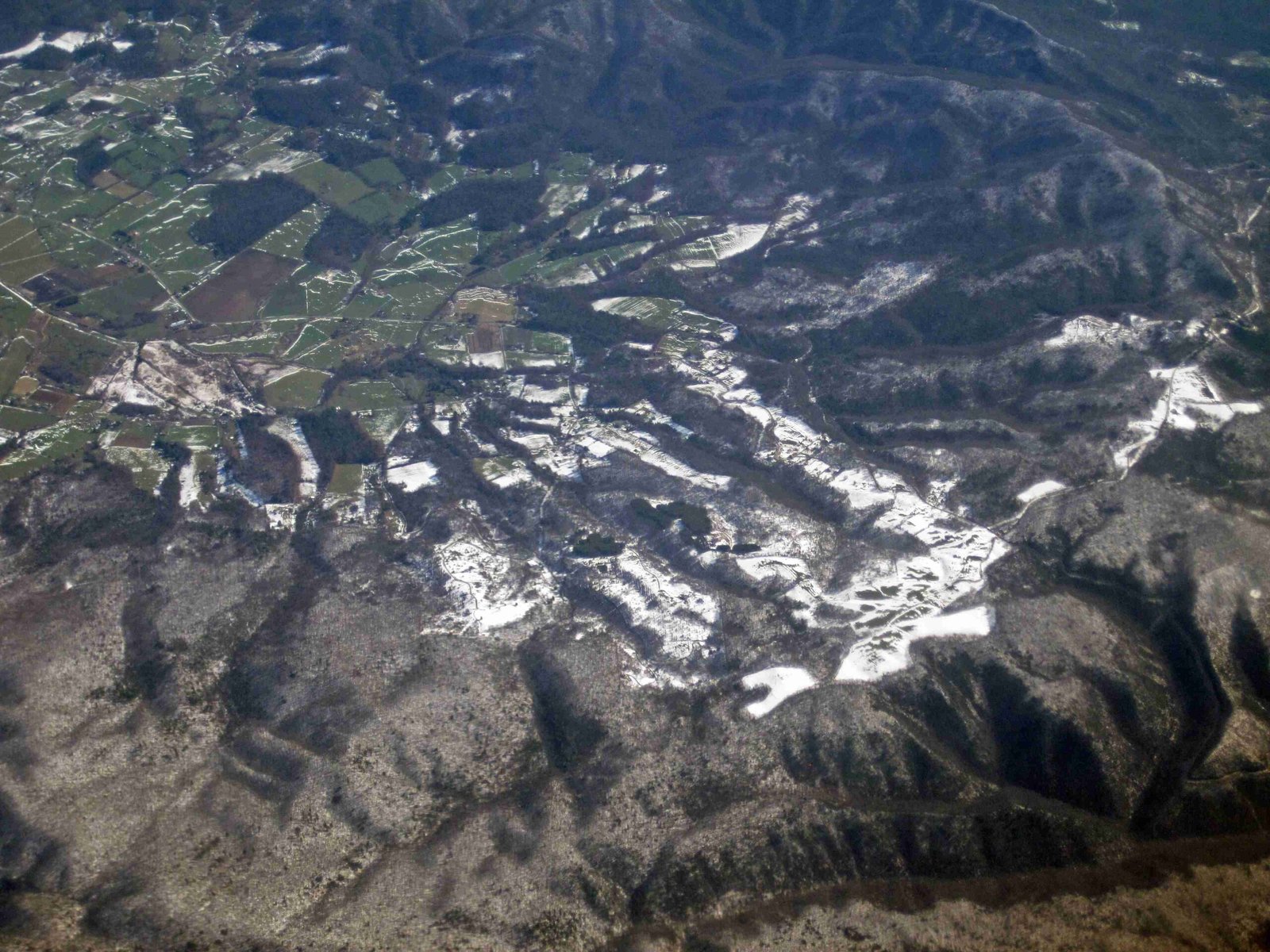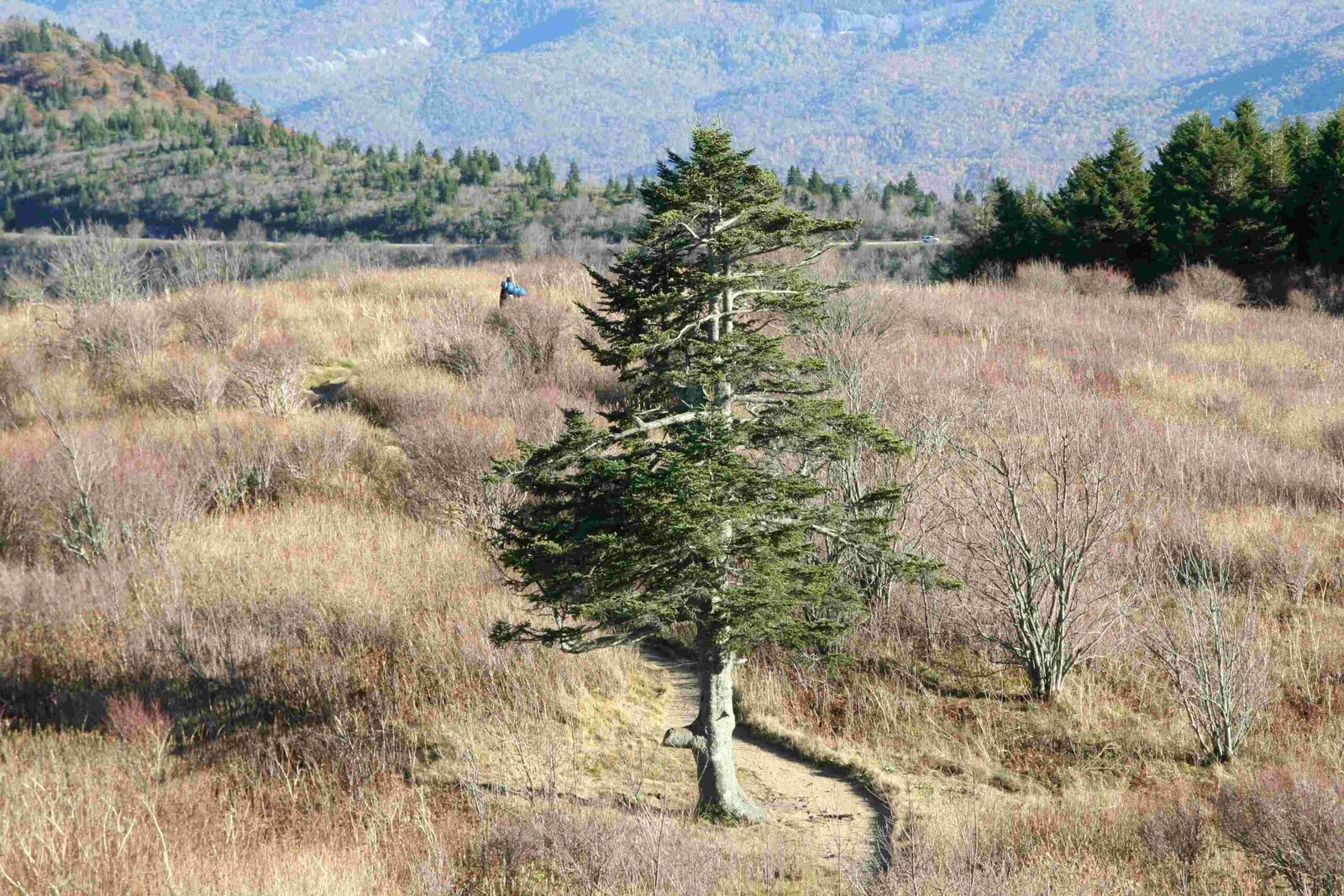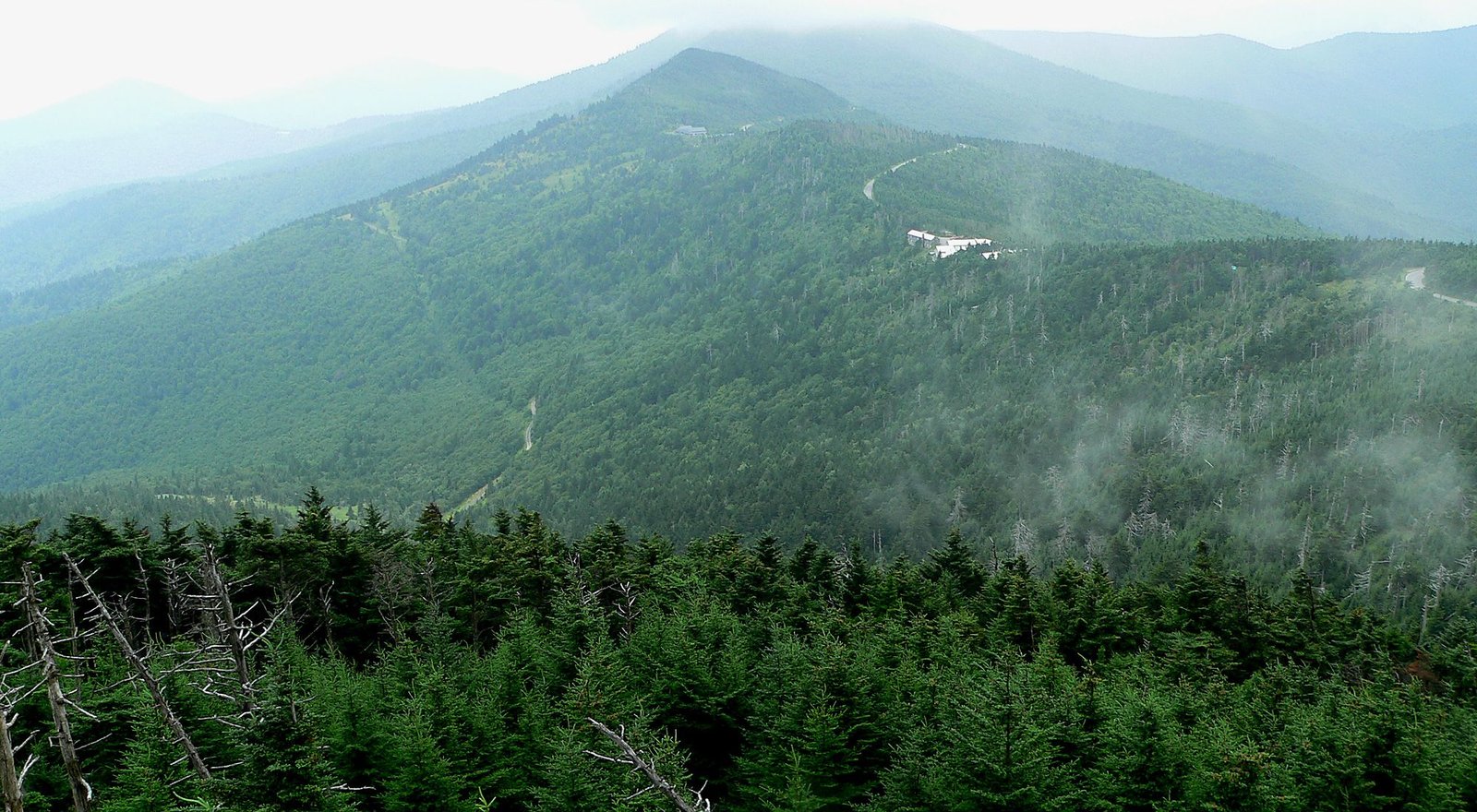Embarking on a northbound Appalachian Trail thru-hike requires strategic timing and careful planning. Late-season hikers face unique challenges, with mid-May representing the critical threshold for starting a successful journey. Understanding weather patterns, trail conditions, and potential obstacles becomes paramount for those considering a later start to their epic adventure.
What Makes Mid-May the Critical Cutoff for NOBO Hikers?

The Appalachian Trail presents a narrow window for northbound (NOBO) hikers to complete their journey successfully. Starting after mid-May introduces significant risks and complications that can derail an entire thru-hiking attempt.
Key Timing Considerations
| Start Month | Completion Probability | Risk Level |
|---|---|---|
| March-April | High | Low |
| Mid-May | Moderate | Medium |
| Late May-June | Low | High |
Why Timing Matters for NOBO Hikers
Late-season starts create substantial challenges:
- Weather Constraints: Reaching Maine’s Baxter State Park becomes increasingly difficult
- Temperature Extremes: Southern sections become intensely hot
- Limited Hiking Window: Reduced time to complete 2,190 miles before winter conditions
What Weather Challenges Await Late-Season Hikers?

Late NOBO starters must navigate complex meteorological conditions across multiple ecological zones. The Appalachian Trail traverses diverse landscapes, each presenting unique environmental challenges.
Temperature and Precipitation Risks
- Southern Sections: Temperatures can exceed 90°F
- Mid-Atlantic Regions: High humidity and potential thunderstorms
- Northern Sections: Rapidly approaching autumn conditions
How Can Hikers Mitigate Late-Start Risks?
Successful late-season NOBO hikers employ strategic approaches:
- Accelerated Hiking Pace
- Maintain 15-20 miles per day
- Minimize zero days
-
Optimize physical conditioning
-
Lightweight Gear Selection
- Prioritize quick-drying materials
- Minimize pack weight
-
Select versatile clothing layers
-
Flexible Resupply Strategy
- Plan more frequent town stops
- Carry lighter food loads
- Utilize mail drops strategically
What Physical Preparation Ensures Success?
Late starters require exceptional physical preparation:
- Cardiovascular Endurance: High-intensity interval training
- Strength Training: Focus on leg and core muscles
- Mental Resilience: Psychological preparation for compressed timeline
What Logistical Considerations Exist?
Permit and Registration Requirements
- No specific permit required for NOBO start
- Recommended ATC thru-hiker registration
- Optional trail tag for tracking
Estimated Completion Timeline
- Earliest Recommended Start: March 1
- Latest Recommended Start: May 15
- Ideal Completion Window: September 15 – October 10
Final Recommendations for Late Starters
- Conduct extensive pre-trip research
- Build exceptional physical conditioning
- Maintain flexible itinerary
- Carry comprehensive emergency communication devices
- Purchase comprehensive travel insurance
Pro Tip: Consider alternative hiking directions like SOBO or flip-flop if timing becomes challenging.
Conclusion
A mid-May start remains possible but requires exceptional preparation, physical fitness, and adaptability. Hikers must honestly assess their capabilities and be prepared for an intense, compressed hiking experience.

